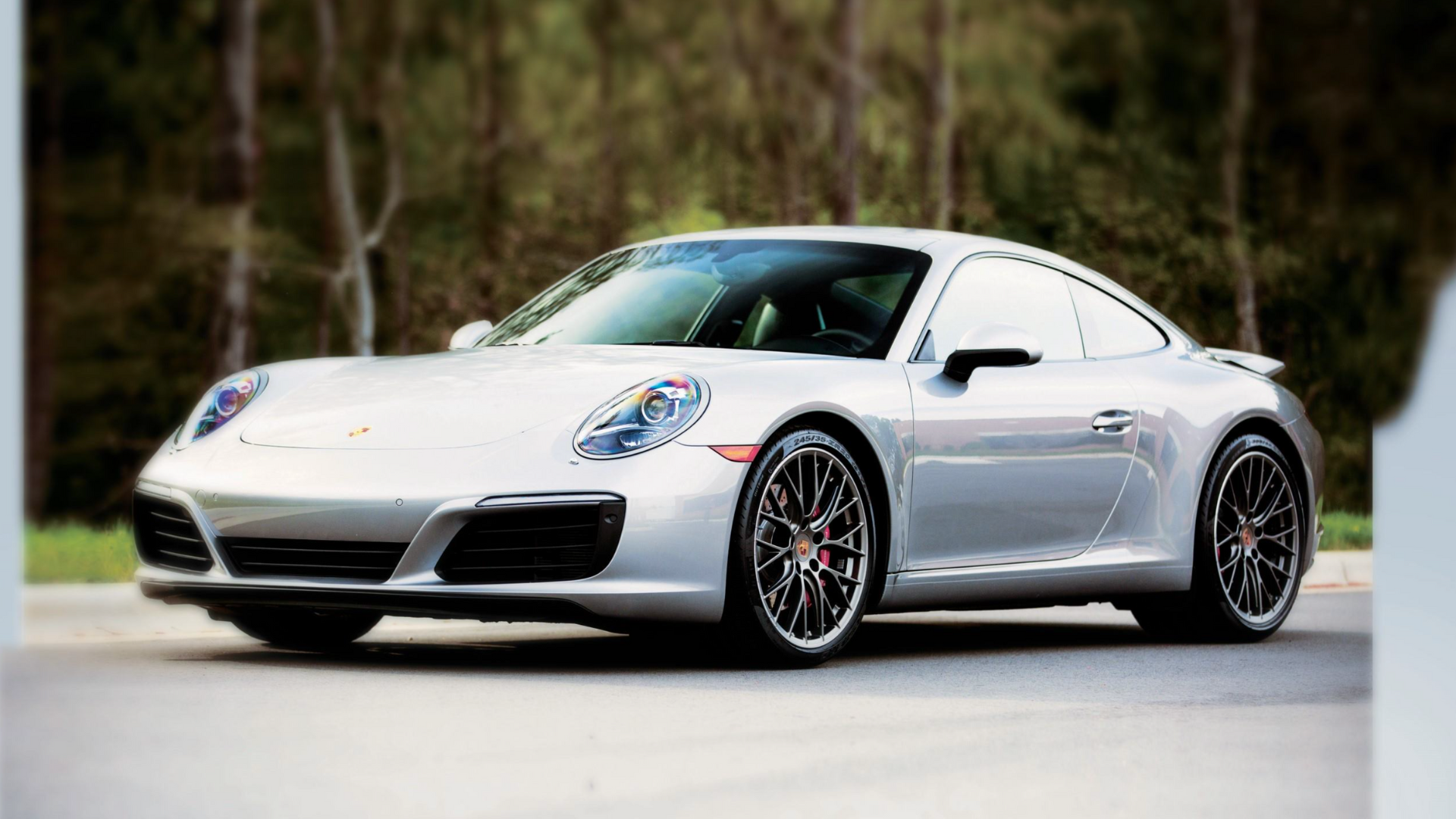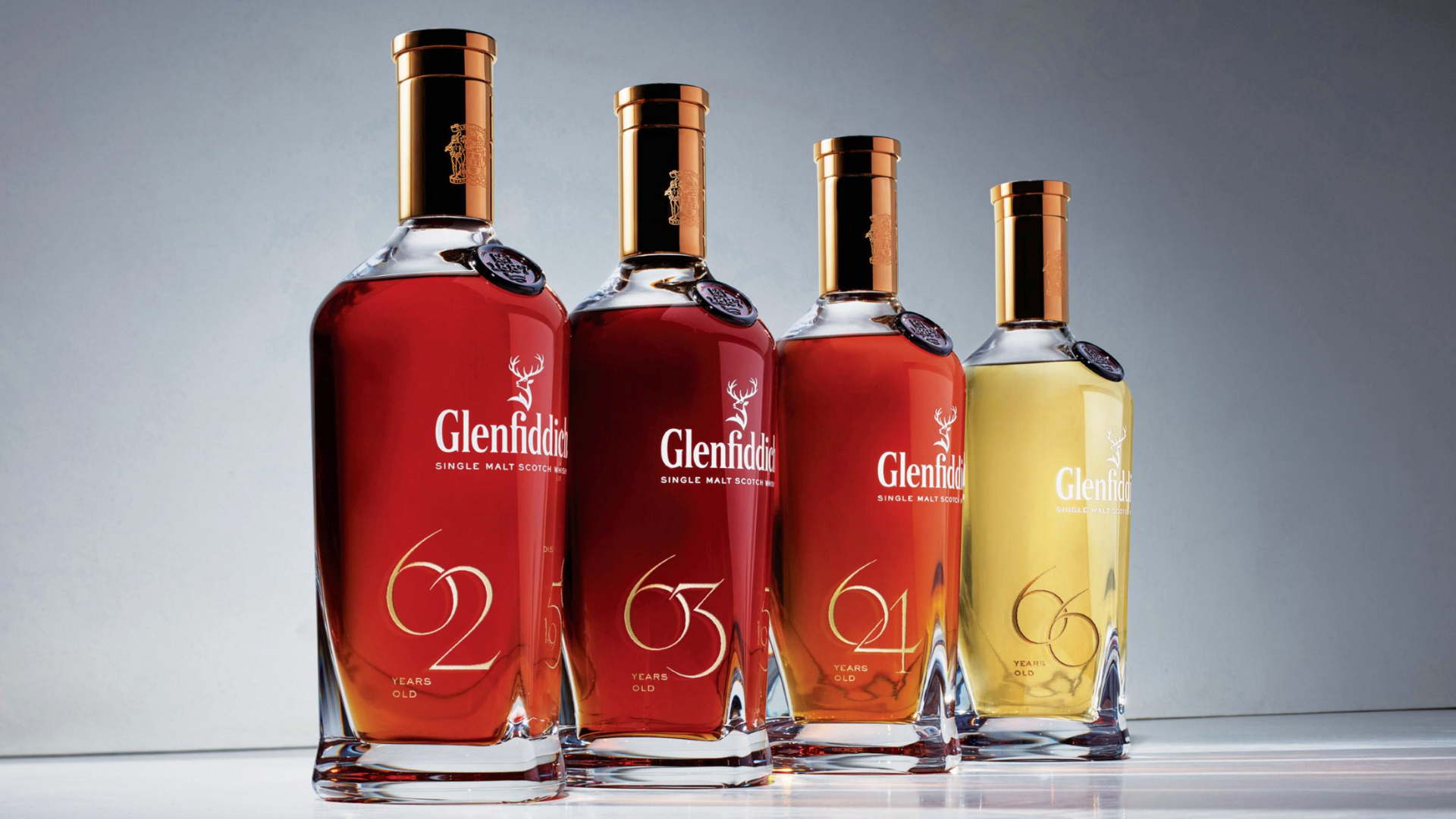By: DAVID ZIVAN

Financial advisors everywhere have been cautioning clients to diversify. And if you’re going to (ahem) park your cash, you may as well put it in something extraordinary.
The title was always cheeky and spot-on. And yet it was perfect, too. How to Spend It, the moniker of the weekly magazine by London’s Financial Times newspaper, cut to the chase bracingly. Those with expendable income are always looking for pleasurable ways to use it. There they found answers.
The publishers walked back the moniker recently, but the question remains. Inspired by the call, we looked for emerging areas of fascination and uncovered some growth areas beyond the usual wine and art. Here are three pastimes on the rise with their own set of indulgent pleasures.
STAMPS
Can there be a collectible more old-school, more classic, than stamps? The pastime’s endurance says something. Its wonky details appeal and its ever-rising prices continue to draw investment-minded aficionados.
“All indoor hobbies during COVID got a boost,” notes Don Sudman, president of Mystic Stamp Company in upstate New York. “And stamp collecting certainly did. There are fewer collectors in total than there were 50 years ago—but the collectors spend more money.”
Mystic, probably North America’s most crucial stamp dealer, is marking its 100th anniversary this year, and Sudman is an eminence in the field. In recent years, he’s seen a slight influx of younger collectors. During the meetings he attends as the chairman of the Council of Philatelists at the Smithsonian National Postal Museum, he regularly sees Scott Guthrie, executive vice president of the Cloud and AI group at Microsoft. He’s not quite a tech bro—in his late 40s now–but he’s close. Other luminaries who have caught the stamping bug are sports mogul and Shark Tank guy Mark Cuban, tennis superstar Maria Sharapova, and Nicholas Sarkozy, the former president of France.
The finest philatelic examples hold and build their value, though Sudman points out that the fever strikes the heart more than the wallet. “People enjoy history. Enjoy having something rare,” he says. “It speaks to them. It’s fascinating to think, ‘Did it send something to Europe or Asia?’ It’s a fun place to put your money.”
CARS
There is such a great deal of appreciation possible in this well-oiled realm that the category looks more attractive in these slightly uncertain times than ever. “I had my best December ever,” says Paul F. Baio, president of Modern Classic Motorcars in Durham, NC. “It’s usually a slow time, but the season nearly cleaned me out of all my inventory. And I thought, ‘what in the world is driving this bizarre trend?’ So, I started asking my clients, and they said, ‘Look, our financial advisors have straight-up told us our investment portfolios are very likely to be worth 10% to 15% less by the end of 2023.’ So go out and get something tangible, whether that be artwork, a collectible, a car, whatever. An alternative investment.”
Exquisite automobiles in good condition will always have buyers, and the rising tide is lifting slick Italian makes and American muscle cars alike—but Baio notes an unprecedented fragmentation in the market as well. “Older Porsches, for instance, are gaining value. And I’m not talking about classics from the ‘60s or ‘70s. I’m saying there’s a distinction between 2016 backward and 2017 forward.” A subtle change in motor design accounts for the division.
Rarity rules the day—limited-edition Mustangs, for instance, far outpace similar but more widely available vehicles—and the electrification of the category is making large-engine vintage Corvettes and Camaros explode in value. Good investments all, but “smart money” will always seek excellent advice.
“Business owners like myself who do things above board have to accept that the stereotype exists,” Baio notes with a laugh. “There are a significant number of unscrupulous dealers out there who make life more difficult for all of us. And there are other players that are five times our size. We just do it right.”
WHISKY
As an investment category, whisky has for decades lagged behind wine but is catch-ing up with (white) lightning speed. Auctions, in particular, have generated remarkably spirited competition for the most valuable bottles. Also, as with wine, scarcity, and age drive the marketplace.
But spirits have some considerable advantages. “Wine is meant to be shared,” one of the most prominent private collectors in the country told me. “But whisky lasts longer.” Bottles purchased for actual consumption will provide entertainment for more than one occasion. That may partly explain the discernible trend of newer, younger collectors in the space.
And there’s no question that whisky continues to achieve astonishing prices. In 2021 and earlier, says Andy Simpson of Rare Whisky 101, “higher-value bottles, those around $6,000 and up, underperformed the broader market,” but that segment has come roaring back. In terms of volume and investment value, the whole category continues upward.
American bottlings are enjoying a renaissance (have you tried to buy a bottle of Blanton’s lately? Good luck catching up to that little horse!) But scotch is still king. One recent standout charity auction garnered well over $1 million for what Simpson calls a “unique lot… Glenfiddich’s The 1950s Collection, four bottles of rare spirit, all distilled in the 1950s.” Oldies, and so very, very good.”

